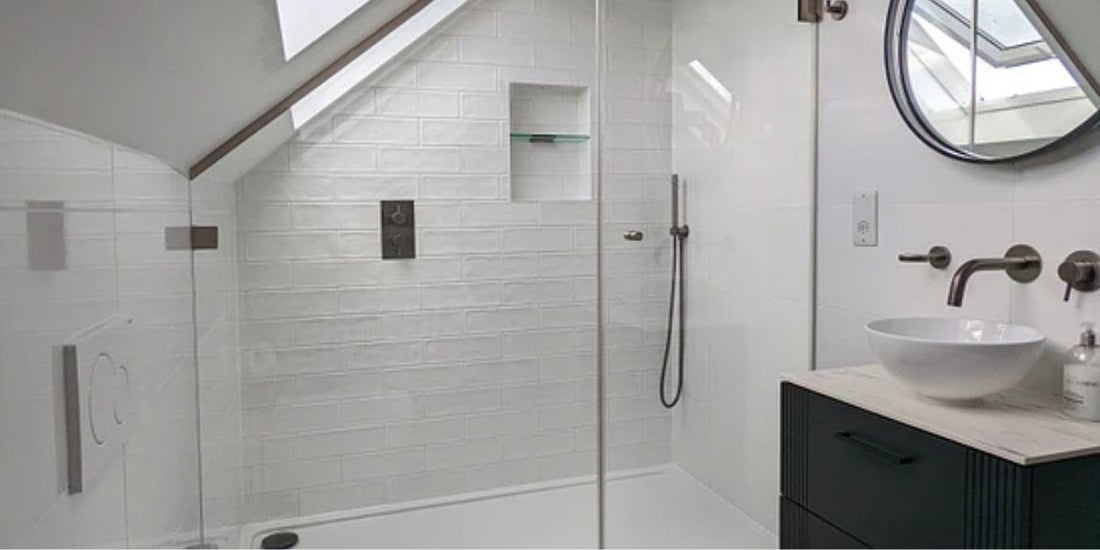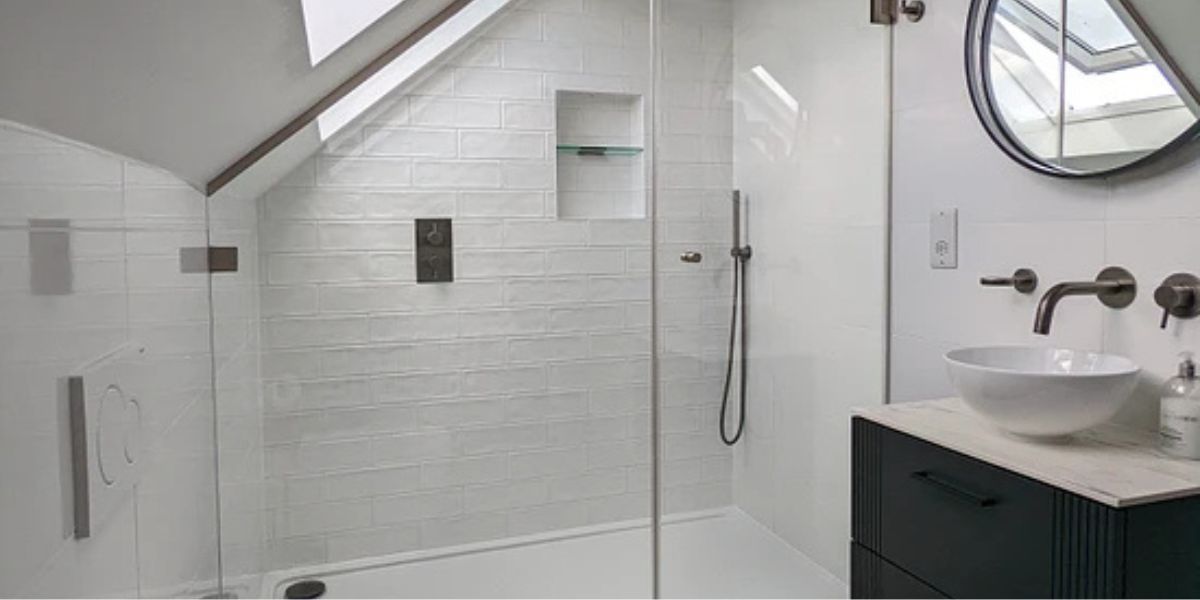
What is a Dual Flush Toilet? Understanding Its Benefits
Share
As we strive for more sustainable living, the emergence of the dual flush toilet marks a notable advancement in plumbing technology. But what exactly is a dual flush toilet, and why is it becoming increasingly popular among those who prioritize efficiency? This article explores its design, advantages, and how it resonates with the environmentally-conscious values of modern consumers.
The dual flush toilet is an innovative solution aimed at conserving water, a precious and diminishing resource. By providing two flushing options, users can select between a full flush for solid waste and a partial flush for liquid waste, leading to substantial reductions in water usage. This technology not only represents progress in plumbing but also signifies a shift towards more sustainable everyday practices.

The Mechanics Behind Dual Flush Toilets
Fundamentally, the dual flush toilet operates with two buttons or a lever. One button releases a higher volume of water for solid waste, whereas the other controls a smaller volume for liquid waste. This system contrasts sharply with traditional toilets that utilize a single flush option, regardless of the waste type.
History and Evolution
The dual flush toilet concept originated in Australia during the 1980s, primarily as a response to water scarcity concerns. Over time, technological advancements have refined the system, enhancing efficiency and user experience. Today, it is a common fixture in eco-friendly homes across the globe.
Benefits of Dual Flush Toilets
The primary benefit of a dual flush toilet is its role in water conservation. The EPA estimates that toilets account for approximately 30% of a typical household's water consumption. By adopting a dual flush system, families can cut their water usage by up to 67%, resulting in significant savings on water bills.
In addition, the implementation of dual flush technology supports broader efforts towards sustainability and resource management. It works in harmony with other initiatives aimed at conserving water, such as low-flow faucets and showerheads, creating a comprehensive approach to reducing water waste. For further insights, check out our article on high-efficiency toilets.
Environmental Impact
The environmental advantages of dual flush toilets extend beyond mere water savings. By alleviating pressure on water treatment facilities, they also decrease the energy required for both processing and distributing water. This reduction in energy consumption further lowers carbon emissions, making dual flush toilets critical to eco-friendly living. Additionally, those eager to further minimize their ecological impact can explore the option of retrofitting existing toilets to dual flush systems.
Adopting Dual Flush Technology in Modern Homes
For tech-savvy homeowners seeking innovative solutions for upgrading their spaces, the dual flush toilet represents the perfect combination of technology and sustainability. Its integration enhances functionality while demonstrating a commitment to environmental responsibility.
If youre considering an upgrade to your plumbing fixtures, dual flush systems come in various designs and styles to suit any home aesthetic. Installation is typically straightforward, requiring minimal alterations to existing plumbing.
Cost and Installation
While a dual flush toilet may have a higher upfront cost compared to traditional models, the long-term financial savings on water bills and positive environmental impact justify the investment. Installation can be handled by a professional plumber or taken on as a DIY project by those comfortable with basic plumbing tasks. Additionally, the integration of low-flow technology with dual flush systems can amplify savings, making them a smart choice for environmentally conscious consumers.
Conclusion
The inquiry of what is a dual flush toilet invites a broader conversation about sustainability, technology, and innovation. As a fixture that encapsulates these ideals, it is an essential addition to any home aspiring for efficiency and environmental integrity. For tech enthusiasts, the dual flush toilet is not merely a practical device; it represents a commitment to ensuring a better future for our planet.

FAQs
1. How does a dual flush toilet conserve water?
A dual flush toilet conserves water by providing two flushing options: a full flush for solid waste and a partial flush for liquid waste, significantly reducing overall water consumption.
2. Is a dual flush toilet more expensive to maintain?
Although the initial investment might be greater, maintenance costs are comparable to traditional toilets, and you benefit from lower water bills.
3. Can I convert my existing toilet into a dual flush system?
Yes, many conversion kits are available that allow retrofitting existing toilets into dual flush systems, offering a cost-effective method to conserve water.
This article contains affiliate links. We may earn a commission at no extra cost to you.
